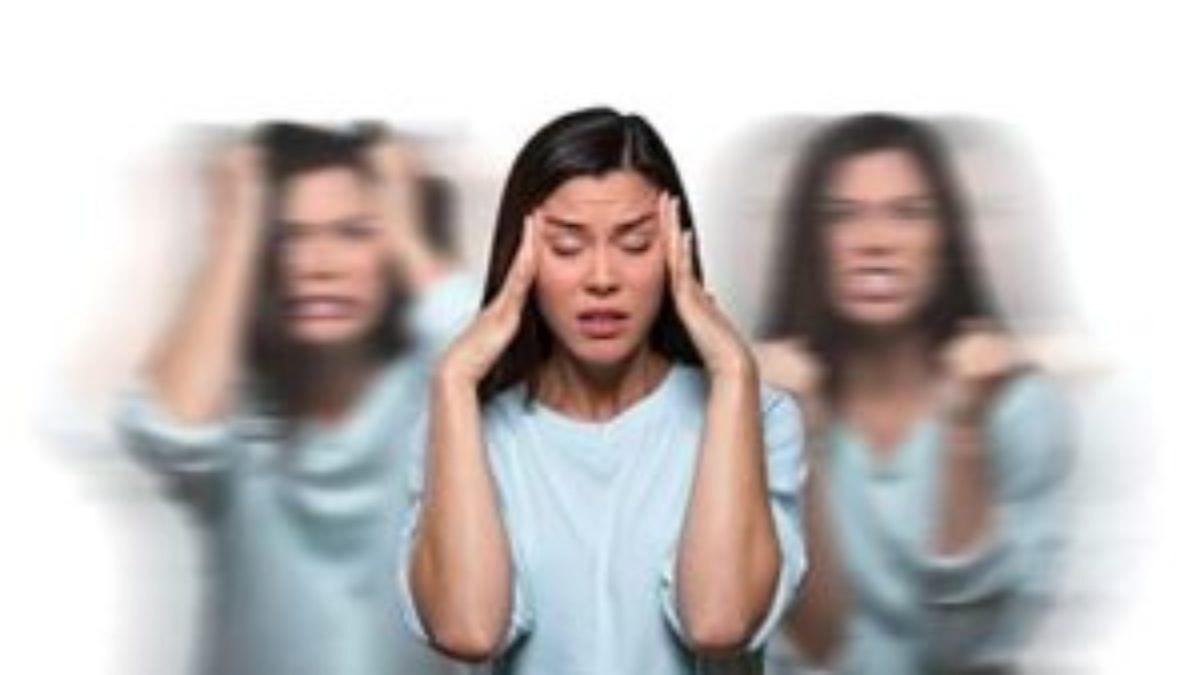Bipolar disorder, formerly known as manic-depressive illness, is a mental health condition characterized by extreme mood swings, ranging from manic highs to depressive lows. This complex disorder affects millions of people worldwide, impacting various aspects of their lives. Understanding the causes, recognizing symptoms, differentiating between types, and exploring available treatment options are crucial for individuals, their families, and healthcare professionals.
Causes:
1. Genetic Factors:
– Bipolar disorder often has a genetic component, with a higher likelihood of occurrence in individuals with a family history of the condition.
2. Neurochemical Imbalances:
– Abnormalities in neurotransmitter levels, particularly dopamine, serotonin, and norepinephrine, may contribute to the development of bipolar disorder.
3. Structural Brain Differences:
– Imaging studies suggest that individuals with bipolar disorder may have structural changes in certain areas of the brain involved in mood regulation.
4. Environmental Triggers:
– Stressful life events, trauma, or major life changes can act as triggers for the onset or exacerbation of bipolar symptoms.
Bipolar disorder Symptoms:
1. Manic Episodes:
– Elevated mood, increased energy, impulsive behavior, decreased need for sleep, and heightened self-esteem characterize manic episodes.
2. Depressive Episodes:
– Persistent sadness, fatigue, changes in appetite and sleep patterns, feelings of worthlessness, and thoughts of death or suicide are common during depressive episodes.
3. Hypomania:
– A milder form of mania, hypomania involves similar symptoms but is less severe and may not significantly interfere with daily functioning.
4. Mixed Episodes:
– Some individuals experience symptoms of both mania and depression simultaneously, leading to increased emotional turmoil.
Types:
1. Bipolar I Disorder:
– Characterized by at least one manic episode, often accompanied by depressive episodes. Severe and disruptive impairment in daily life is common.
2. Bipolar II Disorder:
– Involves recurrent depressive episodes and hypomanic episodes but not full-blown mania. Individuals with Bipolar II may be prone to more extended periods of depression.
3. Cyclothymic Disorder:
– A chronic condition characterized by numerous periods of hypomanic symptoms and depressive symptoms that do not meet the criteria for a major depressive episode.
Bipolar disorder Treatment:
1. Medication:
– Mood stabilizers, antipsychotics, and antidepressants may be prescribed to manage symptoms and stabilize mood.
2. Psychotherapy:
– Cognitive-behavioral therapy (CBT) and psychoeducation help individuals understand and cope with their condition, manage stress, and identify triggers.
3. Lifestyle Changes:
– Maintaining a regular sleep schedule, managing stress, and avoiding alcohol and recreational drugs can help stabilize mood.
4. Support Networks:
– Involving family and friends in the treatment process and joining support groups can provide essential emotional support.
Understanding bipolar disorder as a chronic, but manageable, condition empowers individuals to seek timely intervention, fostering a better quality of life through a combination of medical, therapeutic, and lifestyle approaches. Early diagnosis and a comprehensive treatment plan can significantly improve the long-term prognosis for individuals with bipolar disorder.
